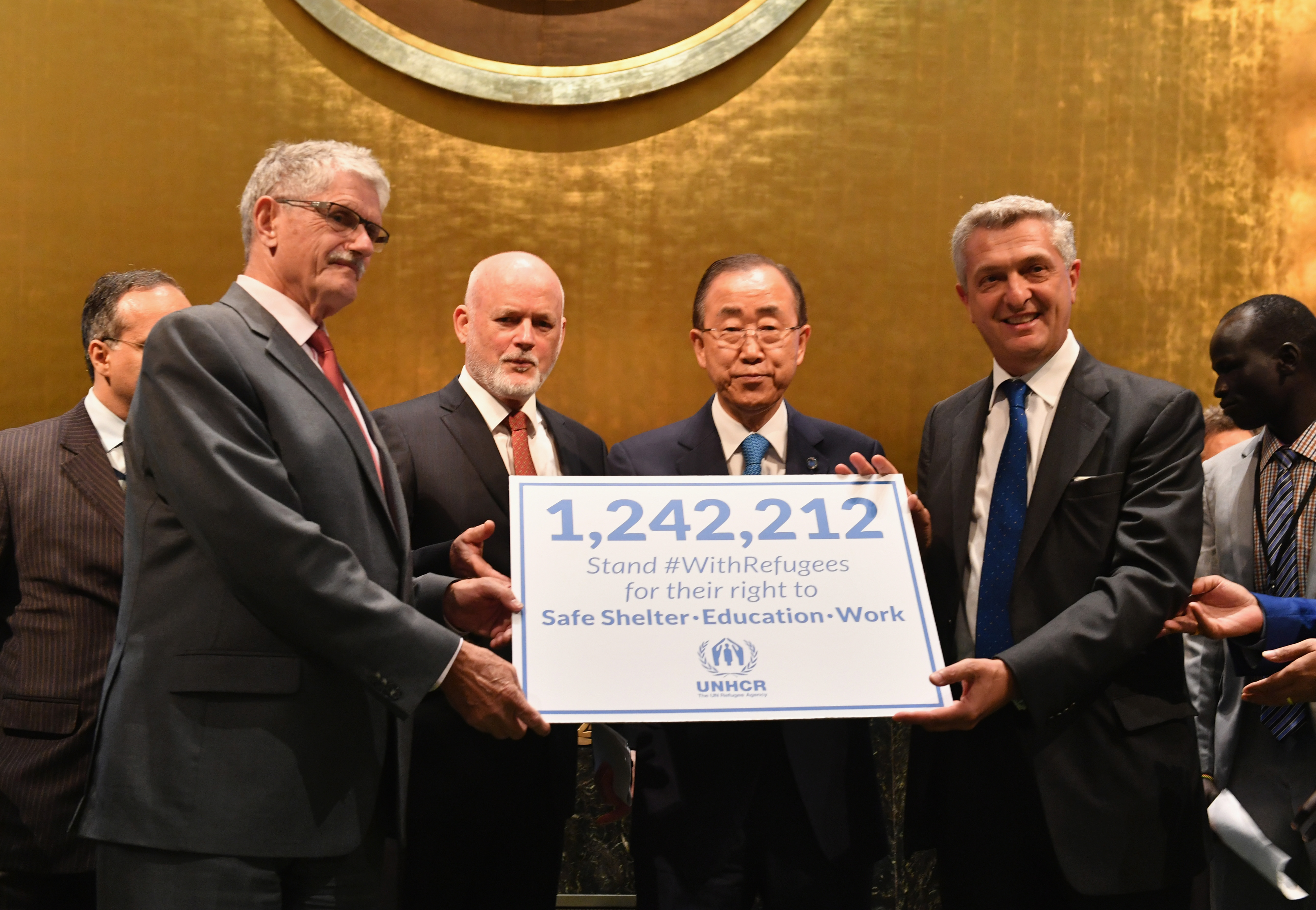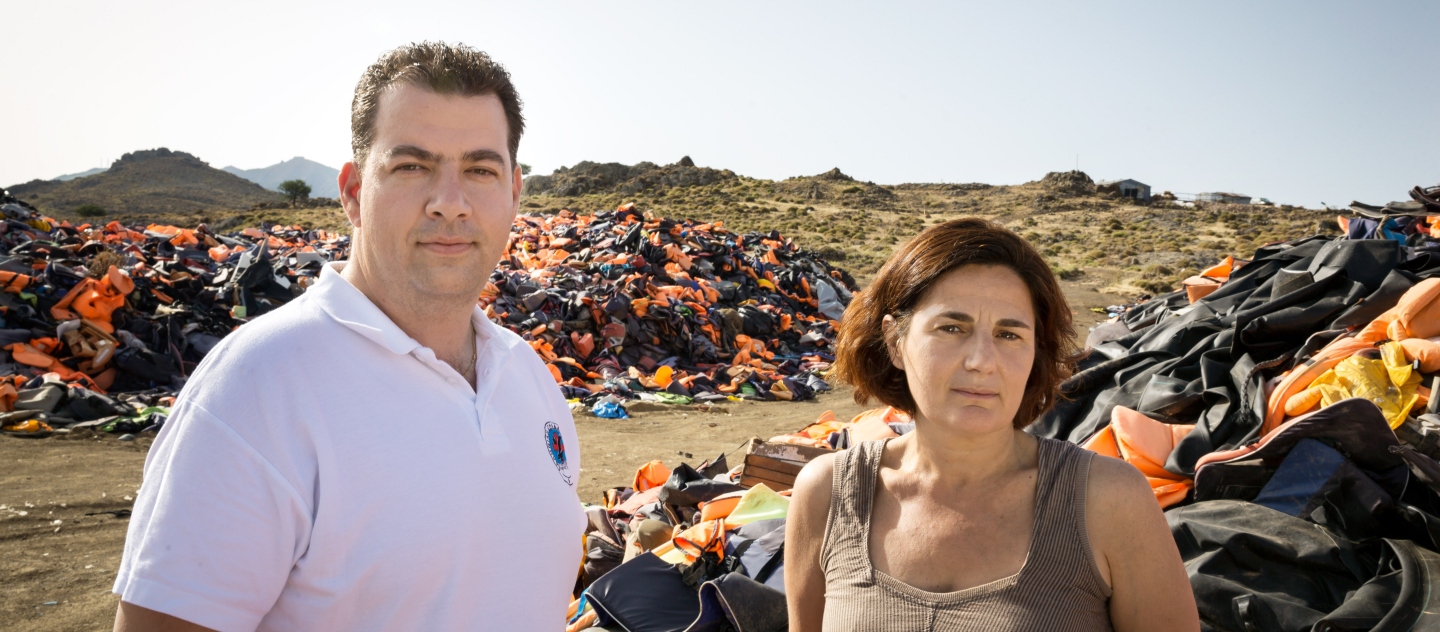Refugees fleeing South Sudan pass one million mark
With this milestone, South Sudan joins Syria, Afghanistan and Somalia as countries which have produced more than a million refugees.
GENEVA – The number of South Sudanese refugees sheltering in neighbouring countries has this week passed the 1 million mark, including more than 185,000 people who have fled since fresh violence erupted in the country in Juba on July 8, UNHCR, the UN Refugee Agency, said today.
With this milestone, South Sudan joins Syria, Afghanistan and Somalia as countries which have produced more than a million refugees, UNHCR spokesperson Leo Dobbs told a news briefing in Geneva on Friday (September 16).
“Most of those fleeing South Sudan are women and children. They include survivors of violent attacks, sexual assault, children that have been separated from their parents or travelled alone, the disabled, the elderly and people in need of urgent medical care,” Dobbs said.
“Many refugees arrive exhausted after days walking in the bush and going without food or water.”
He noted that more than three quarters – 143,164 – of the recent arrivals have crossed into Uganda, but a growing number of people have entered Ethiopia’s western Gambella region in the past week and others have been heading to Kenya, the Democratic Republic of the Congo (DRC) and Central African Republic (CAR).
“These countries have commendably kept their doors open to the new arrivals,” Dobbs told reporters at the Palais des Nations.
The violence in July came as a major setback to peace efforts in South Sudan, coming as the fledgling country prepared to celebrate its fifth anniversary and amid a short-lived peace deal between supporters of President Salva Kiir and former First Vice President Riek Machar.
“The fighting has shattered hopes for a real breakthrough and triggered new waves of displacement and suffering, while humanitarian organizations are finding it very difficult for logistical, security and funding reasons to provide urgent protection and assistance to the hundreds of thousands in need, including 1.61 million internally displaced people,” Dobbs said.
Uganda is hosting the lion’s share of South Sudanese refugees, with 373,626, more than a third of them arriving since early July. They keep coming; over the past week more than 20,000 new arrivals were recorded, primarily through the Oraba crossing in the northwest.
New arrivals report increased fighting across the Greater Equatoria region and attacks by armed groups that kill civilians, loot villages, sexually assault women and girls, and recruit young boys.
“Many refugees arrive exhausted after days walking in the bush and going without food or water. Many children have lost one or both of their parents, some forced to become primary caregivers to younger siblings,” Dobbs said.
A surge of people, more than 11,000, many of them from the Nuer tribe, have crossed into Gambella during the past week, bringing the number of South Sudanese refugees in that country to more than 292,000. The majority were women and children, including some 500 children travelling alone.
Most had fled from Nasser, Maban, Mathiang and Maiwut in Upper Nile and cited insecurity and fears of renewed conflict after seeing significant troop movements. New arrivals from Jonglei talked of food shortages as one reason for fleeing.
Neighbouring Sudan hosts the third largest number of South Sudanese refugees, 247,317, and people continue to come to the country’s East Darfur, South Darfur and White Nile states. Those in the two Darfurs cite growing unrest and heightened food insecurity, especially in the north-western states of Northern Bahr El Ghazal and Warrap, as their reasons for flight.
“Many children have lost one or both of their parents, some forced to become primary caregivers to siblings.”
Smaller numbers have been fleeing to Kenya, DRC and CAR since the return to conflict in July. About 300 people a week have been crossing into Kenya, citing insecurity, economic instability and drought and reporting that the flight corridor between Torit and Kapoeta remains dangerous due to armed bandits. Kenya has over 90,000 South Sudanese refugees.
DRC is experiencing an influx into Ituri province close to the border with South Sudan and Uganda. An estimated 40,000 South Sudanese refugees are said to be in the country.
UNHCR field staff report that new arrivals are camped in schools and churches, while the less fortunate sleep in the open. Refugees lack food and basic household items.
An estimated five per cent of the children are unaccompanied, and many women and girls said they were sexually assaulted during their flight. Early this month, refugees near the city of Doruma (Haut-Uele province) were attacked, their food rations stolen, and a health centre looted by unknown attackers.
Insecurity in South Sudan’s Central Equatoria has also significantly affected UNHCR’s ability to access and assist thousands of refugees inside South Sudan itself. In Lasu settlement, some 40 kilometres south of Yei, nearly 10,000 refugees from DRC, CAR and Sudan have not received their monthly food rations since late June this year.
Without further funding and support, we and our partners will struggle to assist the needy with even the most basic assistance. UNHCR is calling on donors to provide US$701 million for South Sudan refugee operations, of which 20 per cent has been funded.





